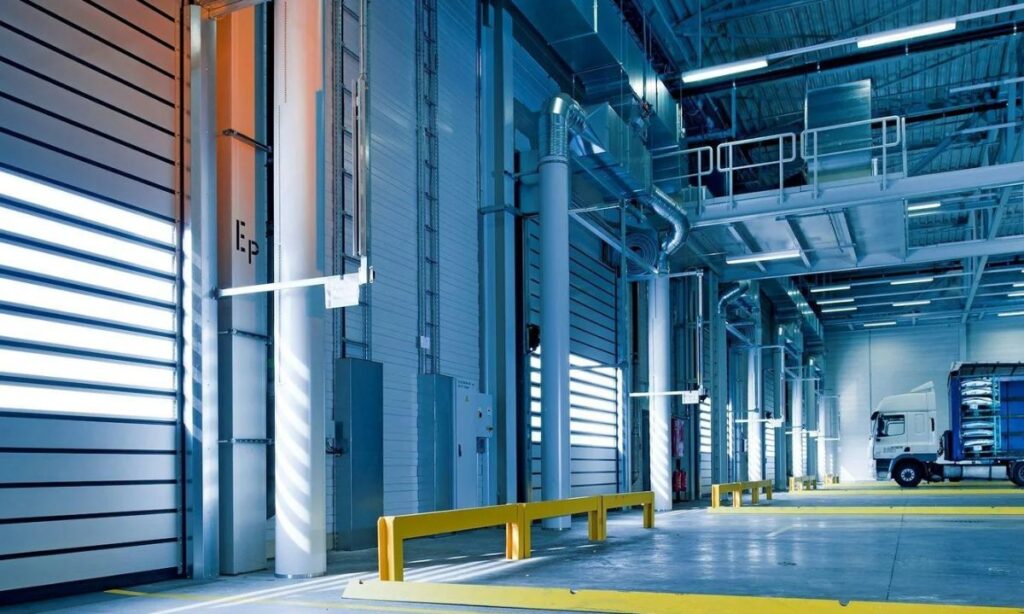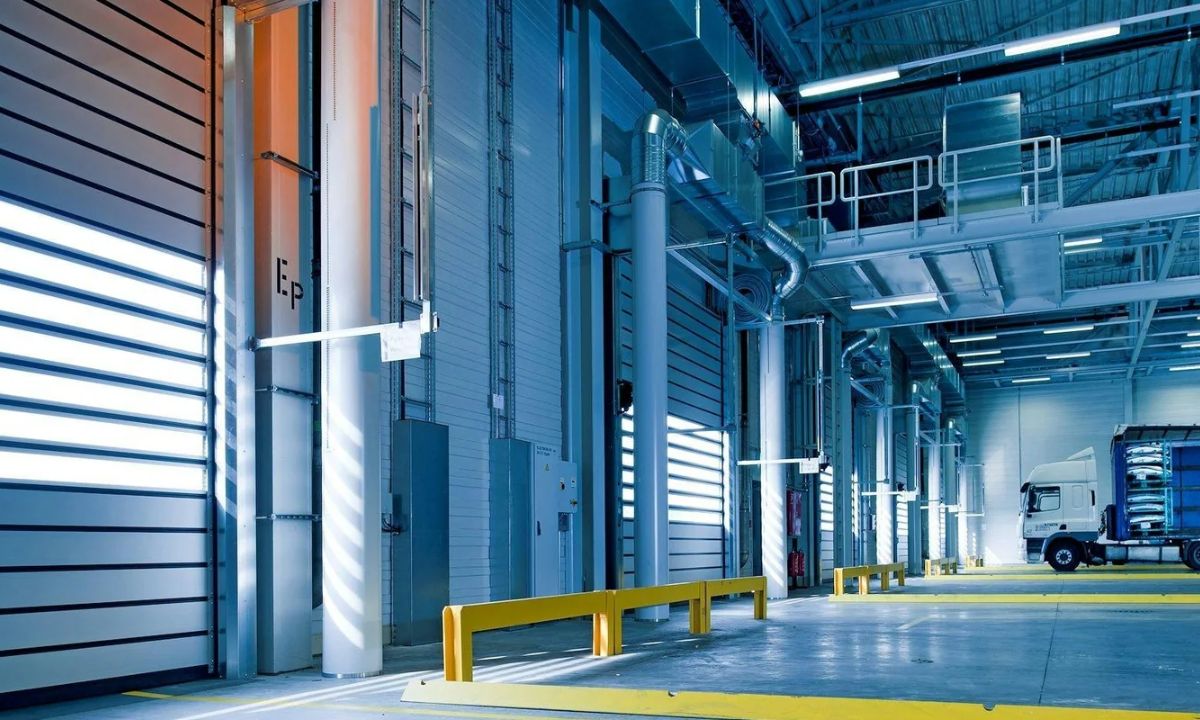Pune’s industrial real estate market is making remarkable strides, with the city outpacing larger markets like Delhi-NCR and Mumbai for the second consecutive year. According to a recent report by JLL India, Pune has seen a dramatic rise in net absorption of industrial space, nearly tripling its capacity from 4.2 million sq. ft. in 2019 to 11.3 million sq. ft. by the end of 2024. This growth is not just significant in numbers but also in its transformation into a prime destination for high-quality, specification-driven industrial spaces.
In this article, we will explore the factors driving Pune’s industrial real estate boom, its shift towards Grade-A facilities, and why investors are increasingly focusing on this emerging hub.

Pune’s Unprecedented Growth in Industrial Real Estate
Pune’s industrial market has become a powerhouse, with its total industrial stock growing from 24.2 million sq. ft. in 2019 to a projected 60.9 million sq. ft. by 2024. This represents a compound annual growth rate (CAGR) of over 20%, a clear indication of the city’s resilience and potential in the industrial sector. In fact, Pune has consistently outperformed other major markets like Delhi-NCR and Mumbai, establishing itself as the top industrial real estate market in India.
Expansion of Grade-A Facilities
One of the key trends driving Pune’s industrial real estate growth is the increasing demand for Grade-A facilities. These high-quality spaces now make up 75% of the city’s total industrial stock. From 2019 to 2024, Grade-A net absorption rose from 3.2 million sq. ft. to 9.9 million sq. ft. This shift towards premium infrastructure is a response to the evolving needs of global occupiers and institutional investors. These investors are setting new standards for industrial spaces in Pune, which is expected to continue attracting high-value industries.
Sector Diversification in Pune
While the automotive and engineering sectors remain the backbone of Pune’s industrial ecosystem, they now account for approximately 65% of all transactions in 2024. However, there is an increasing demand from other sectors such as FMCG, home and construction, and pharmaceuticals, which are further strengthening the city’s industrial base. This diversification is adding both depth and resilience to the market, ensuring long-term growth.
Looking Ahead: Strong Growth Trajectory
Looking ahead, Pune’s industrial real estate market shows no signs of slowing down. The city’s industrial stock is projected to more than double by 2030, exceeding 140 million sq. ft. Annual supply and demand are expected to remain above 10 million sq. ft., with vacancy rates forecasted to drop below 5%. The demand for Grade-A industrial space is expected to remain strong, driven by both domestic and international businesses.
Key Highlights: Pune’s Industrial Real Estate Growth
| Metric | 2019 | 2024 Projection | Growth Rate |
|---|---|---|---|
| Annual Net Absorption | 4.2 million sq. ft. | 11.3 million sq. ft. | 2.5x Increase |
| Total Industrial Stock | 24.2 million sq. ft. | 60.9 million sq. ft. | 2.5x Increase |
| Grade-A Net Absorption | 3.2 million sq. ft. | 9.9 million sq. ft. | 3.1x Increase |
| Projected Industrial Stock | N/A | 140+ million sq. ft. | >100% Increase |
| Projected Vacancy Rate | N/A | <5% | N/A |
Expert Quotes on Pune’s Industrial Market
Sanjay Bajaj, Senior Managing Director – Pune and Logistics & Industrial, JLL India, highlighted, “Pune’s industrial real estate market is not just growing, it’s evolving. The shift towards Grade A facilities, coupled with sector diversification and increased foreign investment, positions Pune as a prime destination for future development.”
He further added, “We are not just seeing expansion; we are witnessing a transformation that will redefine Pune’s role in India’s industrial landscape.”
FAQ Section
1. What factors are driving the growth of Pune’s industrial real estate market?
- Pune’s growth is driven by a combination of increased demand for Grade-A facilities, sector diversification, and the city’s ability to attract both domestic and international investors.
2. Which sectors are contributing to Pune’s industrial growth?
- The automotive and engineering sectors remain the primary contributors, accounting for about 65% of transactions. However, the FMCG, home and construction, and pharmaceutical sectors are also adding significant value to the market.
3. How much has Pune’s industrial stock increased from 2019 to 2024?
- Pune’s total industrial stock has expanded from 24.2 million sq. ft. in 2019 to 60.9 million sq. ft. by the end of 2024, reflecting a 2.5x growth.
4. What is the projected future growth for Pune’s industrial market?
- Pune’s industrial stock is projected to more than double by 2030, exceeding 140 million sq. ft., with annual supply and demand consistently expected to stay above 10 million sq. ft.
5. Why is Grade-A infrastructure important in Pune’s industrial market?
- Grade-A infrastructure represents high-quality, specification-driven spaces that attract global occupiers and institutional investors. These premium facilities are key to meeting the demands of modern industries and driving Pune’s transformation into a global industrial hub.
